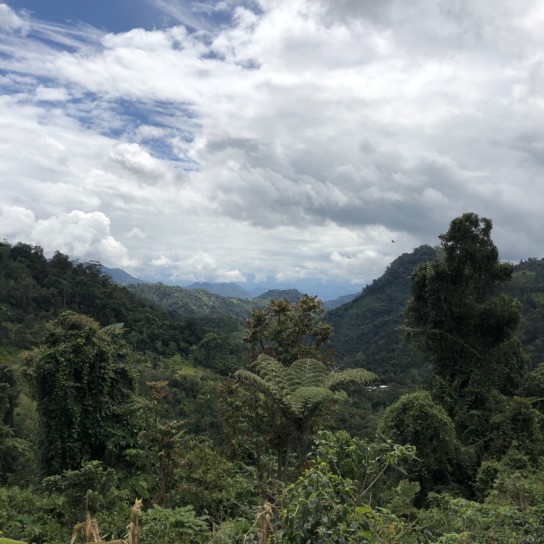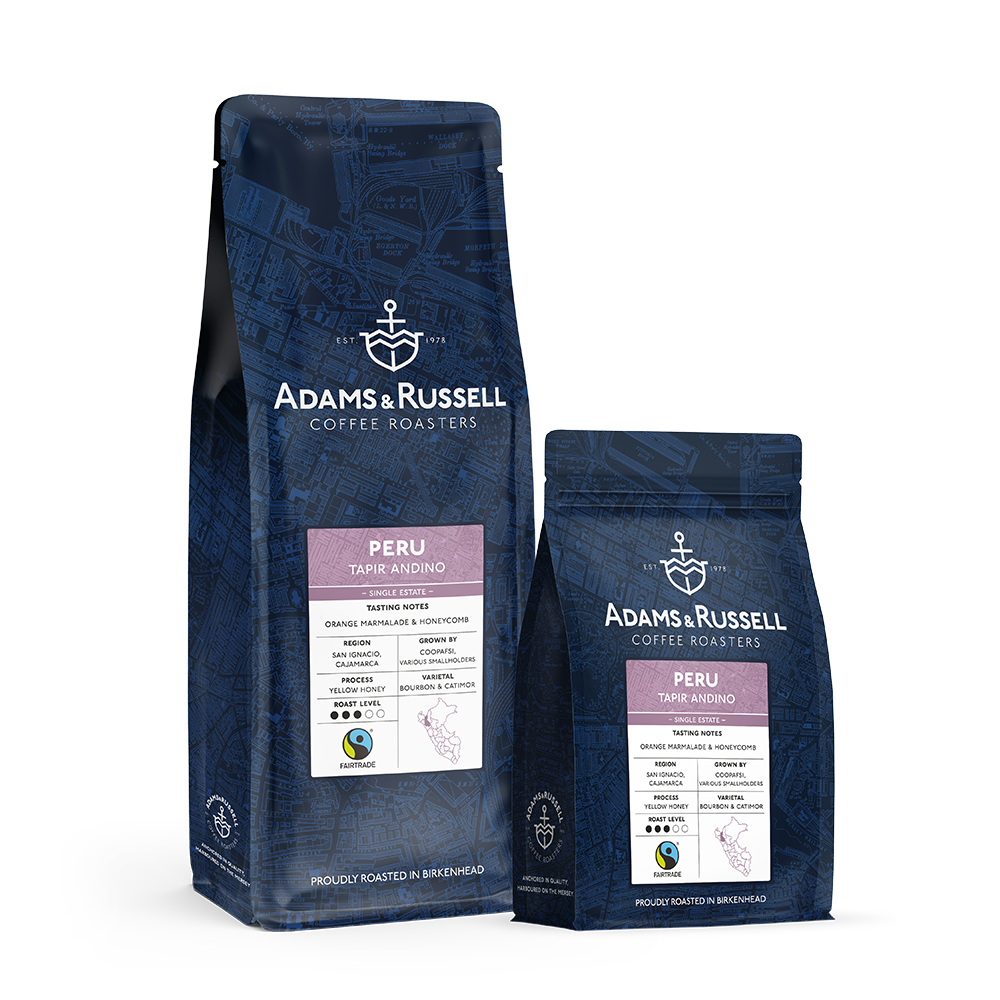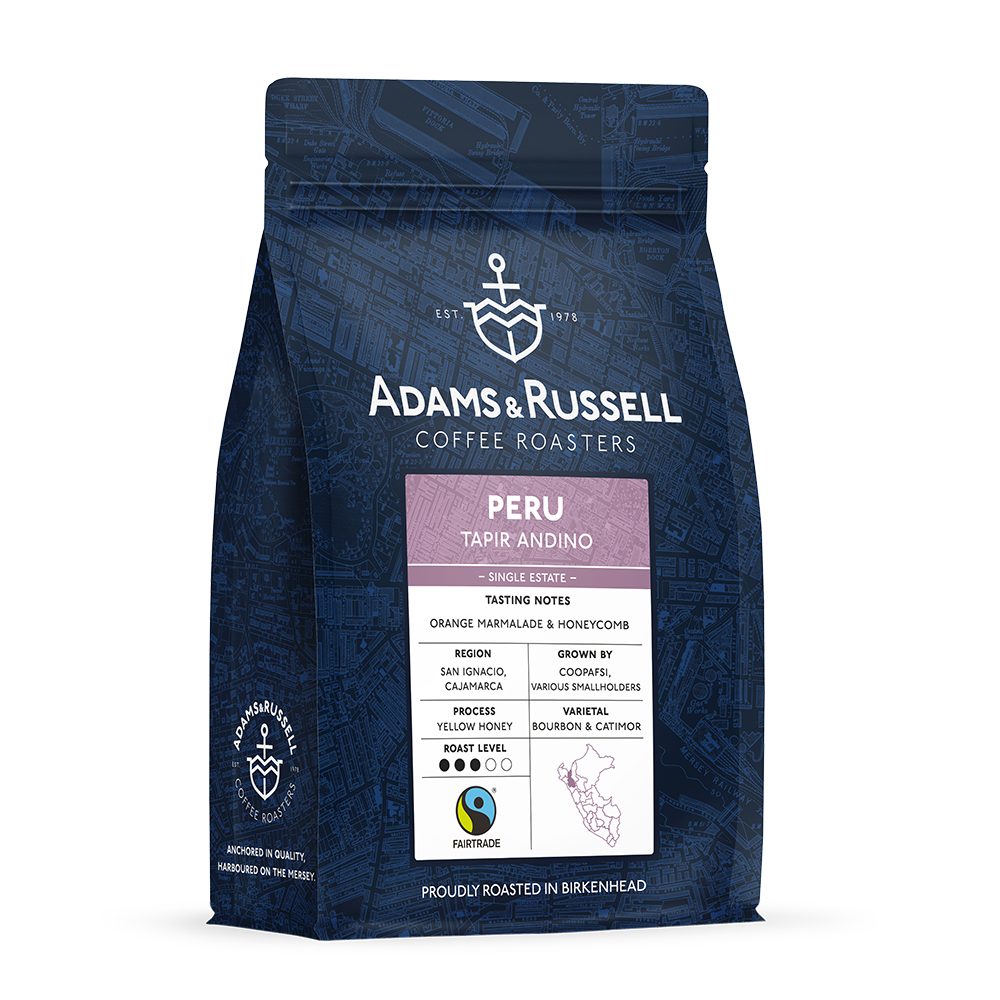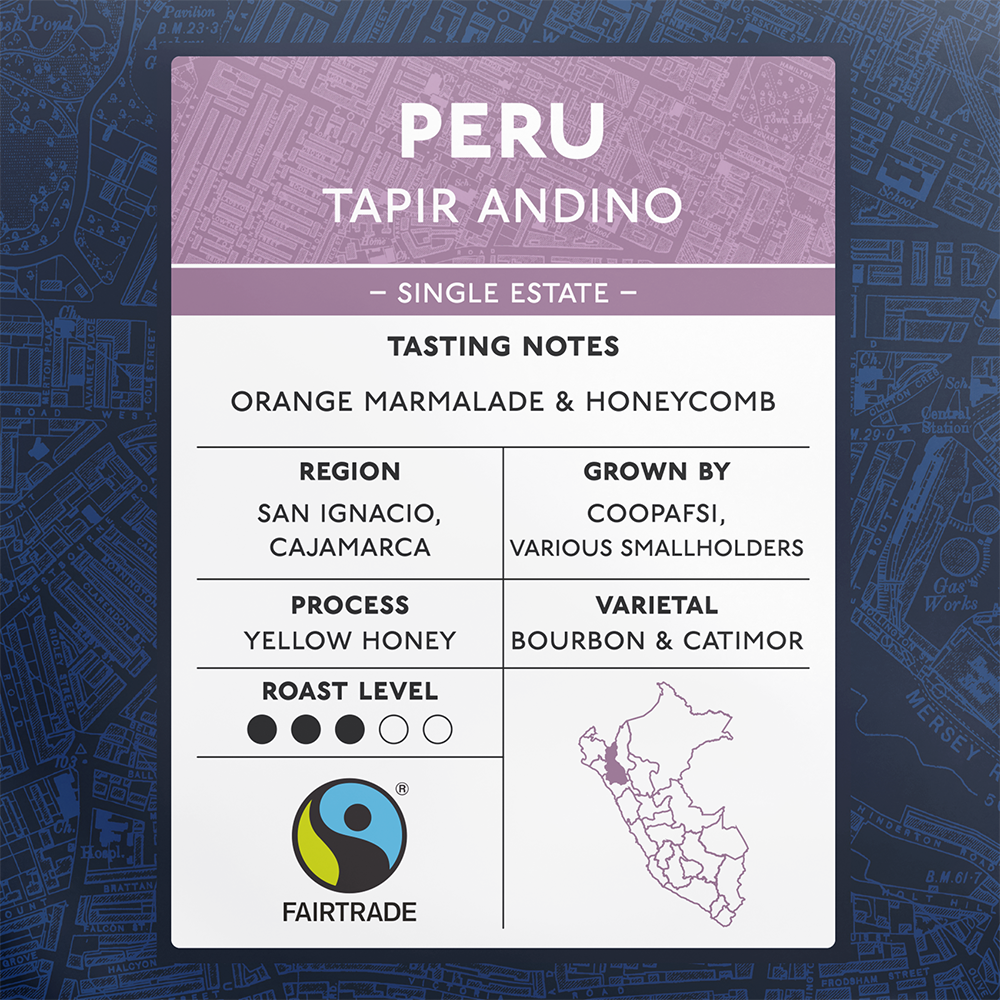ROAST & PROFILE

peru
REGION
San Ignacio Province, Cajamarca
ALTITUDE
1350 - 1890M
TASTING NOTES
Orange Marmalade & Honeycomb
VARIETAL
Bourbon, Catimor & Mundo Novo
PROCESS
Yellow Honey
ROAST LEVEL

COOPAFSI: About The Producer
Originally forming in 1968, the Cooperative has a presence within the districts of La Coipa, Huarango, and Tabaconas as well as San Ignacio. They are small coffee producers and the organization provides coffee collection and marketing services; it also provides social and micro-finance services to its partners. Often farmers can grow great coffee, but getting the word out to importers and roasters is not an easy skill, and a cooperative with an ability to do that proves it’s worth very quickly. The Cooperative has a number of funds available to members to cover technical agricultural training, community development, health funds and a micro credit facility.


About The Coffee:
The San Ignacio Province sits at the top of the Cajamarca region in Northern Perú where the Rio Canchis splits the country from Ecuador. The farms are located in the buffer zones of a protected natural area, and have seen spectacled bears, cock-of-the-rocks, jaguars, tapirs and peccaries within their boundaries. This means working with an organic methodology and certification is a strategic point because through these standards, a culture of protection of wildlife and species in danger of extension is encouraged and created.
Coffee is processed at the local farm level, delivered to a cooperative warehouse in San Ignacio town as parchment and finally transported to the dry mill facilities in Chiclayo city. The dry-processing facility is where they process not only their own coffee but also coffee from several other organizations of small-scale growers (approx. 27 co-ops). The export department is based here as well as another quality control laboratory with well-trained staff, and is certified too.
Coffee here is commonly fermented in wooden tanks built from fallen Romerillo trees. For the Yellow Honey processing, the tanks are used to remove floaters from the ripe cherry and then undergo an 8 hour fermentation in the same tank. The beans are then dried in a covered mesh tunnel for between 15 – 18 days until they reach a moisture content of approximately 11%.



